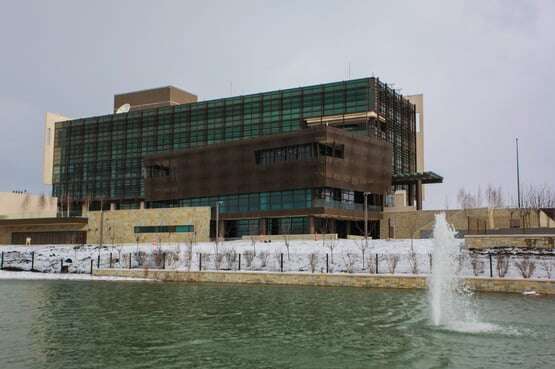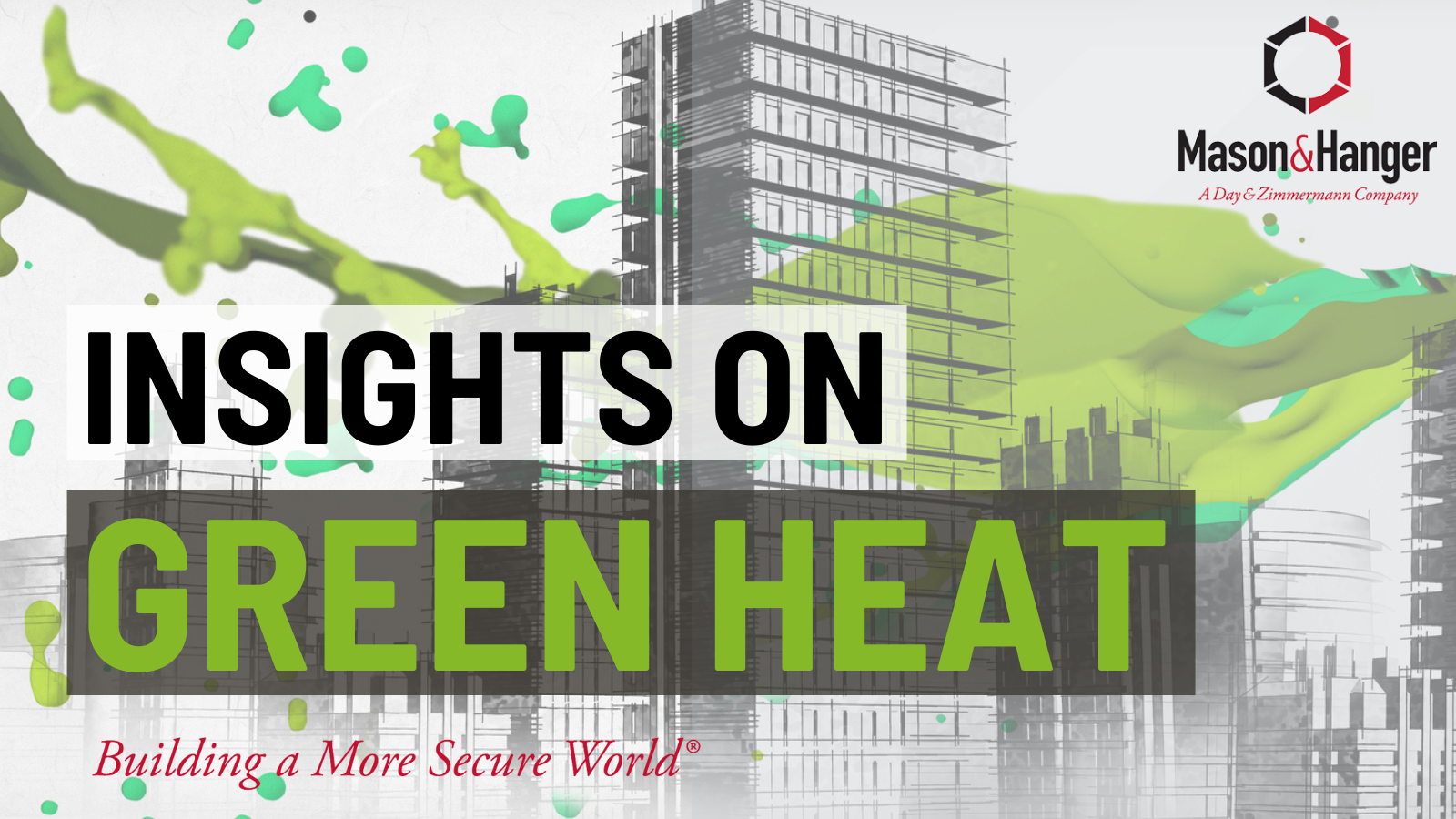Whenever we think about heating our homes and buildings, it’s worth remembering that we’re generally shooting for about 70F (21C), which isn’t hot - it’s just barely lukewarm. We don’t need flame from gas (3500F/1950C) or even steam (300F/150C) to get the job done. Comfortable indoor temps are easy. So easy, that we can get there just by pulling a bit heat out of ambient air, nearby water, or the ground. This is what a heat pump does. By using a compressor and a working fluid called a refrigerant, a heat pump moves heat from one source to another. Of course, it takes energy to run the compressor, but depending on a few factors, heat pumps can move 3-5 units of heat for every unit of energy the compressor uses. Contrast that to even the most efficient forms of combustion heat which always require more than one unit of energy in for every unit of heat delivered. Put another way, heat pumps are about 300-500% more efficient than even the best forms of fuel-fired heating.
These miracles of technology have been around for decades, but there’s a renewed interest in improving their performance so we can apply them to more projects. In their most common form, they use ambient air as a big heat sink and, using the working fluid, mover warmth from the air your home or building. Heat pumps work even better when using water as their ultimate source of heat. Water-source heat pumps, including ground source heat pumps (GSHPs), can use surface water (ponds or rivers) or a closed loop of water circulated through the ground as their heat sink. They also offer the ability to easily move heat around within or between buildings which boosts their efficiency even more. Although they can be expensive, ground-source heat pump systems, when designed well, can be the best overall source for heating and cooling since they have excellent performance and very long lives.

Ground-source heat pump system - U.S. Embassy Pristina Kosovo (Source: Open Asset)
But as good as ground-source systems are, air-source heat pumps will continue to be the most widely applied for the foreseeable future because they are cheaper and easier to install. Until recently, however, air-to-air heat pumps have had two MAJOR problems that limited their application in colder climates and their impact on emissions related to heating1.
- The amount of heat they provide declines as the outside air temperatures gets lower. In other words, the more you need heat, the less you get. They therefore required a lot of supplemental heat, either fuel-fired, or big electric-resistance heaters (think giant toasters) installed in ductwork.
- Since the outdoor air coils get very cold, water from the ambient air can condense and then freeze on them, preventing heat transfer. This is relatively common and requires a defrost cycle in which the heat pump reverses itself and (typically) pulls a bit of heat from indoors to melt the ice. This approach works pretty well, but it’s obvious that any time a heat pump is defrosting, it’s not doing its job heating your building.
 Air-to-Air Heat Pumps (Source: Department of Energy)
Air-to-Air Heat Pumps (Source: Department of Energy)
 Air-to-Water Heat Pumps (Source: Watts)
Air-to-Water Heat Pumps (Source: Watts)
Manufactures, led by companies in Asia and Europe, have been chipping away at these problems for decades. Today, there are many air-to-air and air-to-water heat pumps that can provide almost full heating capacity at close to 0°F (-18°C). In the U.S., there has been little incentive to develop and promote better heat pumps, but this is finally starting to change. In just the last year, multiple manufacturers are offering air-to-water chillers suitable for large commercial projects. For smaller projects, we’re increasingly seeing small split-system heat pumps and VRF2 systems that have impressive heating performance at low temperatures.
Between ground-source and modern air-source heat pumps, we’re now able to effectively heat our buildings in a much greater percentage of the U.S. (Heat pumps can and should also be used for production of domestic hot water, too.) In the very coldest climates, there will likely still be a need for supplemental heat, but the amount of combustion-based heating can be greatly reduced.
The shift to modern heat pumps in lieu of combustion heating is likely the most impactful way to reduce the emissions associated with building operations. Owners and engineers must look to heat pump technology as their default means of heating buildings. This will immediately reduce associated emissions, and, since our electrical grid is likely to get cleaner, the emissions associated with heat pumps will continue to decline.
Next up: Stop with the Steam!
Read Rob’s first blog Insights on Green Heat: Ways to Improve Energy Productivity and Reduce Our Emissions here.
1Some will argue that some heat pumps utilize unfriendly refrigerants that, when released, can have negative impacts on our atmosphere and can contribute to climate change. There is continuing work in this area and improved refrigerants are being developed.
2 VRF or Variable Refrigerant Flow is a heat pump system (most commonly air-to-air) which can serve multiple zones from a single outdoor compressor package. Refrigerant is piped through the building to air handling units or small fan coils and the system has the ability to provide cooling in some zones while other zones are in heating. The ability to move heat within a building increases overall efficiency.


